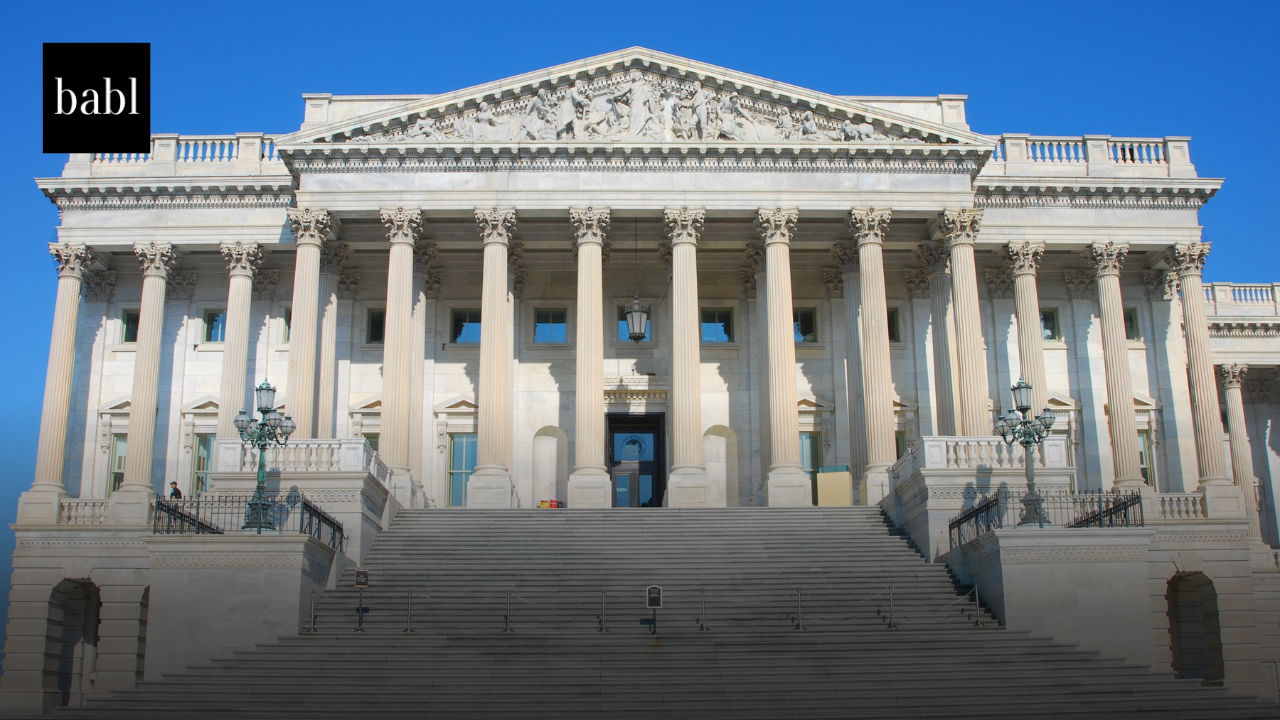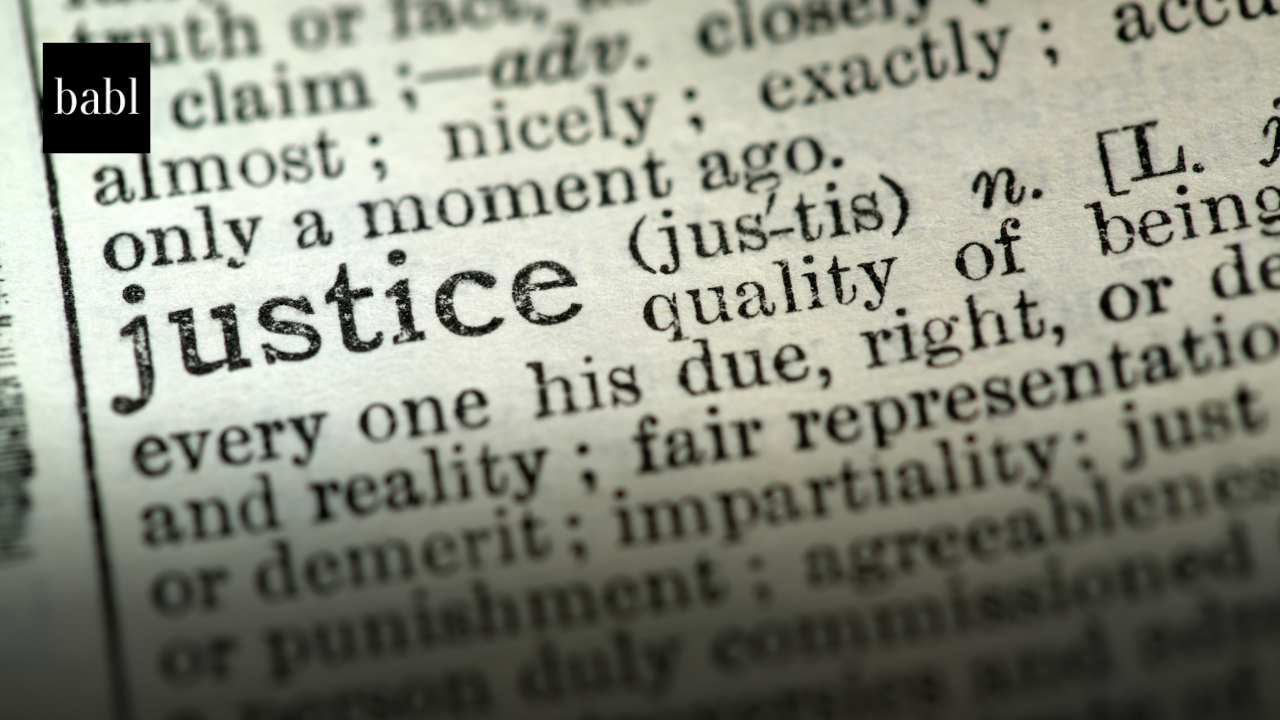In a series of reports released throughout 2024, the House Committee on House Administration (CHA) has been providing transparency to the public on the use of artificial intelligence (AI) technology within the House of Representatives. The latest report, released on April 17, outlines notable AI-related accomplishments across the legislative branch from January through March 2024 and articulates key AI guardrails for the House.
The roundtable event “Building Artificial Intelligence Guardrails for the People’s House” held by CHA on March 19th proved pivotal. It brought together experts to discuss AI guardrails with senior House officials. This was the first known instance of elected officials directly tackling parliamentary AI operations. From this roundtable and other resources, CHA has established core AI guardrails centered around human oversight, clear policies, robust testing, transparency, and education.
One key guardrail is maintaining human oversight and decision-making authority. While utilizing AI for efficiency, human experts must ultimately make major decisions by interpreting AI outputs contextually and accounting for AI’s limitations. Another guardrail is developing clear and comprehensive AI policies that address privacy, security, ethics concerns, and maintaining full inventories of AI tools in use.
Robust testing and continuous monitoring is another critical guardrail. AI technologies must undergo rigorous assessment of their reliability, validity, and biases before deployment, with ongoing evaluation even after implementation. Transparency around AI’s capabilities, data processes, privacy safeguards, and disclosure when AI contributes significantly is also vital for maintaining public trust.
Perhaps most importantly, the guardrails emphasize ongoing education and upskilling as essential for effective and responsible AI implementation. Comprehensive training on understanding AI’s capabilities, limitations, relevant ethics and policy frameworks is crucial for both leadership and staff.
These general guardrails provide a framework for House offices to develop internal AI policies and practices suited to their unique needs. The principles establish a solid foundation for safe AI adoption without hampering beneficial usage.
Looking ahead, CHA aims to ensure responsible AI acquisition processes and learn from state and local government legislative AI use. The committee encourages the Chief Administrative Officer to prioritize immediate AI training and upskilling rather than delay until later policy approvals.
If you’re wondering how any AI regulation or law worldwide could impact you and your business, don’t hesitate to reach out to BABL AI. Their Audit Experts can address your concerns and questions while offering valuable insights.





